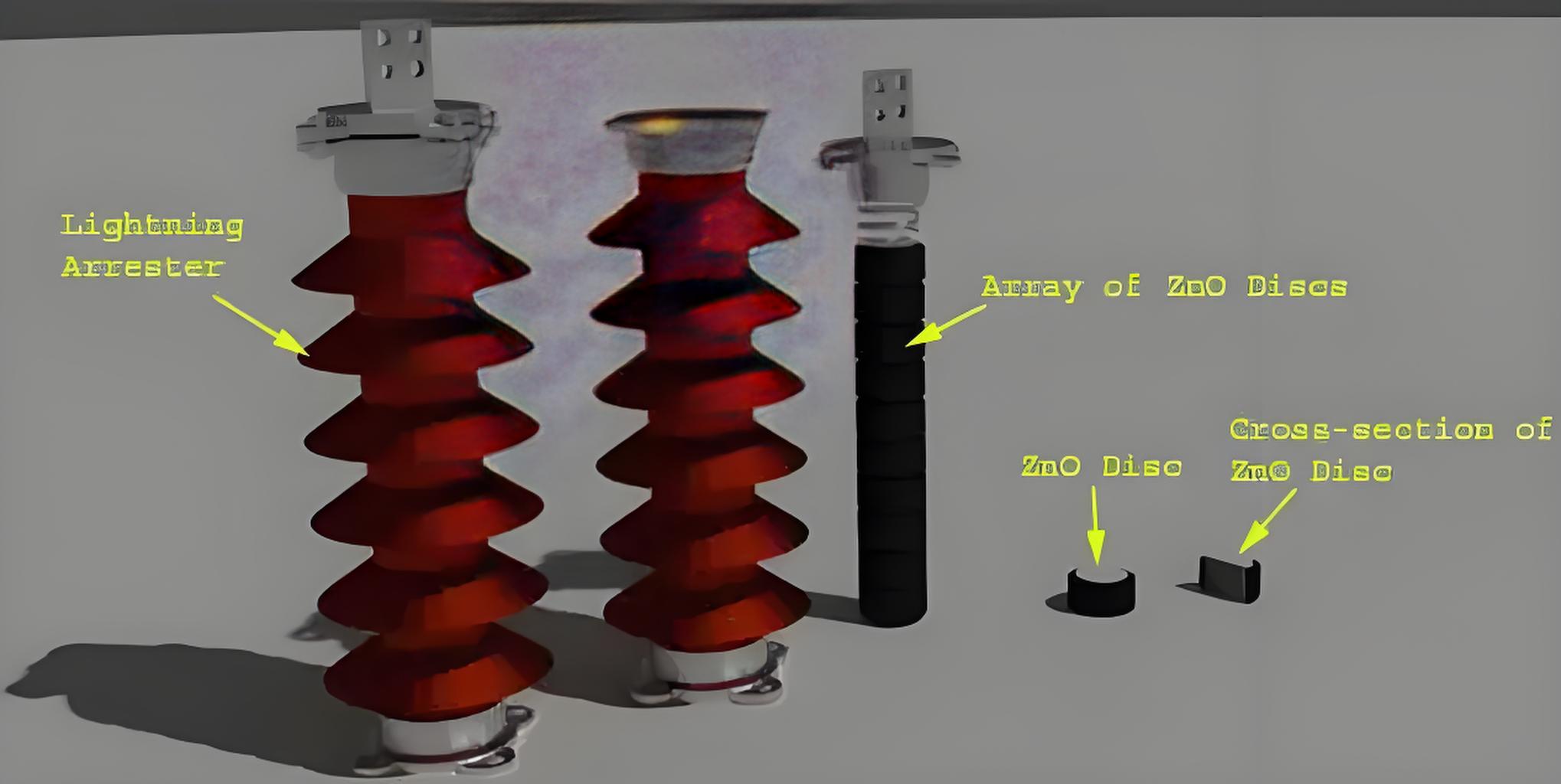What is a Surge Arrester?
What is a Surge Arrester?
Definition of Surge Arrester
A surge arrester, also known as a lightning arrester, is a device used to protect electrical equipment from overvoltage transients caused by lightning or switching.

Characteristics of zinc oxide arrester
Circulation capacity
Protective characteristic
Sealing performance
Mechanical property
Antifouling property
High operational reliability
Power frequency tolerance
Surge Protection
Surge protection is essential to prevent damage to electrical systems from transient overvoltages, which can be many times greater than the system’s normal voltage.
Sources of Surges
Surges can come from atmospheric lightning or from switching operations within the electrical system itself.
ZnO Lightning Arresters
Zinc oxide lightning arresters are effective because of their non-linear current-voltage characteristics, which allow them to handle and dissipate surge energy.
Construction and Working Principle
ZnO arresters are constructed from zinc oxide discs in a polymer or porcelain housing, and their effectiveness relies on the material’s ability to handle high surge currents through its non-linear resistance properties.
The Electricity Encyclopedia is dedicated to accelerating the dissemination and application of electricity knowledge and adding impetus to the development and innovation of the electricity industry.













